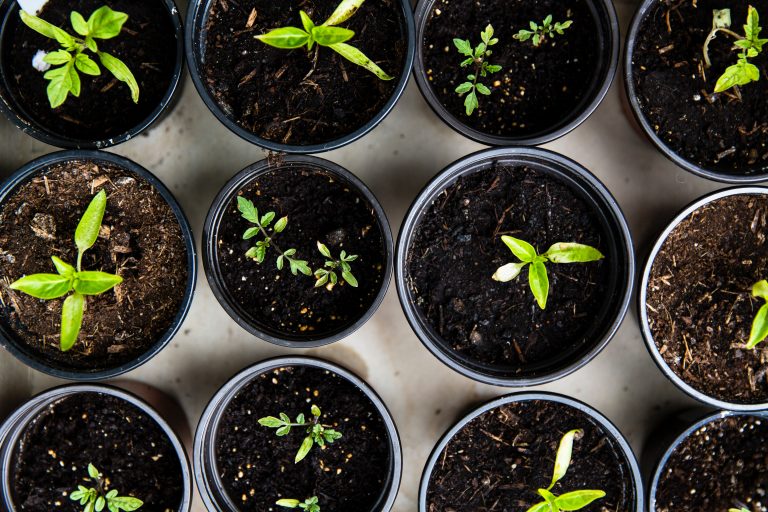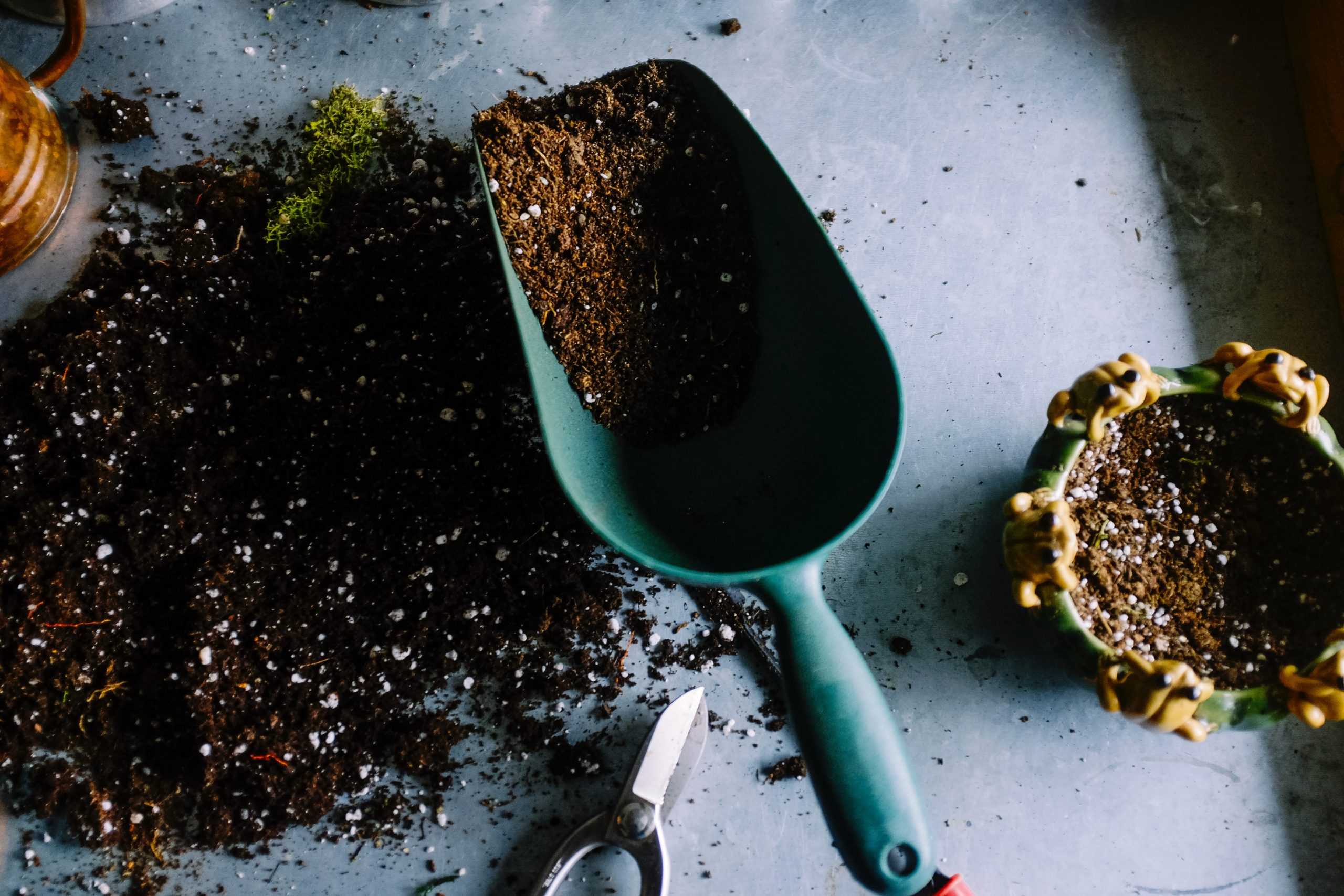
Creating your own garden compost is a lot easier than you think. With a simple compost heap you can recycle most of your organic household and garden waste and in turn enrich your garden’s soil at the same time. Together, food scraps & yard waste currently make up more than 30% of what we throw away, and could be composted instead.
- Enriches soil, helping retain moisture and suppress plant diseases and pests.
- Reduces the need for chemical fertilizers.
- Encourages the production of beneficial bacteria and fungi that break down organic matter to create humus, a rich nutrient-filled material.
- Reduces methane emissions from landfills and lowers your carbon footprint.
- Increases organic matter in your soil.
- Helps plants absorb nutrients already in your soil and provides some extra nutrients too.
- Makes clay soils more airy and helps them drain better.
- Makes clay and other soils more friable, which means they’ll be easier to crumble and dig in.
- Helps sandy soils retain water that normally runs through.
- Helps sandy soils retain water that normally runs through.
- Helps balance the pH of your soil.
- Helps balance the pH of your soil.
What Do I Need?
So how exactly do i make my own compost? You need to ensure you have 4 important components in your mix. These are:
- Nitrogen (usually green ingredients). This usually includes fresh lawn clippings, kitchen scraps, weeds ect.
- Carbon (usually brown ingredients). Think brown and dry- fallen leaves, branches, hedge clippings, straw ect.
- Oxygen; which aids the decomposition process. This is done by regularly turning the mixture. If this is not regularly done, the compost mix starts to produce greenhouse gases.
- Water- the mixture should be moist but not soaking wet.
How Do I Start?
Good compost is produced by blending ‘green’ matter with ‘brown’ matter. ‘Green’ matter includes grass clippings, vegetable scraps, and soft green prunings. ‘Brown’ matter is shredded woody branches, dried leaves, straw and shredded newspaper. Try to add matter in layers, not making any layer too thick. With a good balance of the two ‘green’ & ‘brown’ matters, composting will proceed quickly. Finally, the addition of some soil will encourage the introduction of composting microorganisms which facilitate the breakdown of the material.
- Place your compost heap or bin in an area that has some shade.
- Start adding layers. Begin with a thick layer of course material such as twigs or mulch (this is for drainage). Then add garden clippings/kitchen scraps followed by dry leaves and wet paper then some water and repeat. Finally, add some soil or fertiliser on the top to help make a richer compost and reduce odour.
- Maintain your compost by turning it weekly with a garden fork, or place garden stakes through the heap to allow air in.
Depending on the mix of ingredients, compost can turn into soil anytime between 6 weeks- 6 months.

Cyclone Garden Fork- Galvanised Handle
Keep your compost well aerated to prevent foul odours or methane. Turn your compost with a garden fork on a weeky basis.

Yates Dynamic Lifter
Sprinkling soil or finished compost on top of food scraps will make a richer compost and help reduce odours.

Cyclone Garden Fork- Poly Handle
Keep your compost well aerated to prevent foul odours or methane. Turn your compost with a garden fork on a weeky basis.

Bamboo Stakes
Instead of turning the compost weekly with a garden fork, stakes can be poked into the pile in order to allow air in
Thanks to Yates Gardening for the information used in this post.




















































































